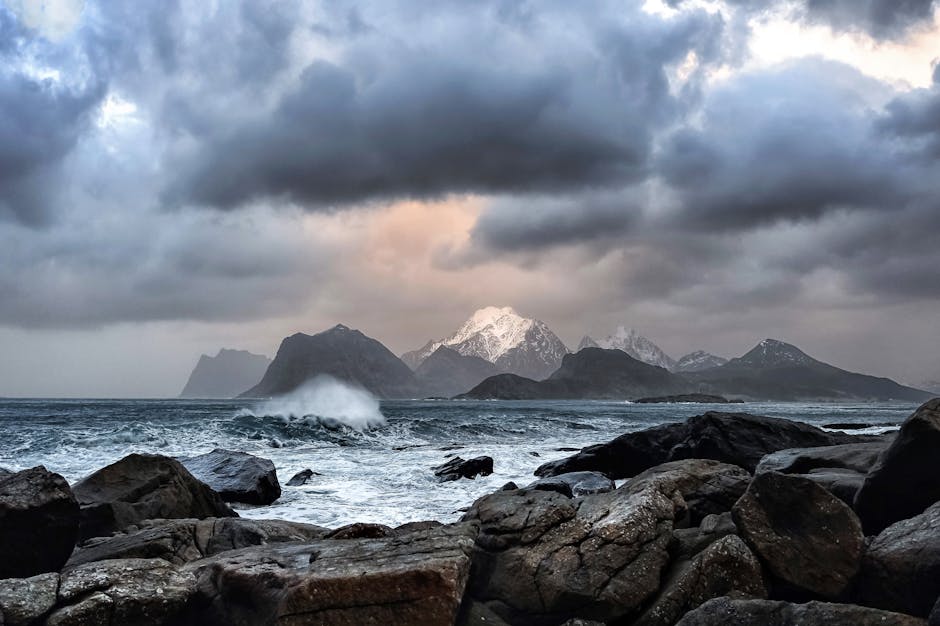Urgent Alert: Typhoon No. 23 Set to Batter Izu Islands with Violent Winds, Seas, and Rain – Forecaster Tomomi Yoshida's Crucial Safety Advice

Introduction: Typhoon No. 23 Bears Down on Izu Islands
The Izu Islands are bracing for an anticipated direct hit from Typhoon No. 23. Forecast to strike on the morning of the 13th, this powerful storm is expected to bring a combination of violent winds, violent rough seas, and heavy rain, posing significant threats to residents and infrastructure. Weather Forecaster Tomomi Yoshida has highlighted the critical need for immediate evacuation and safety measures as the typhoon approaches.
The Looming Threat: What to Expect from Typhoon No. 23
According to the latest meteorological assessments, Typhoon No. 23 is predicted to make a direct approach to the Izu Islands, entering a storm zone that will encompass the region. This means residents should prepare for an onslaught of extreme weather conditions:
- Violent Winds: The typhoon is expected to generate winds of unprecedented intensity, capable of causing widespread structural damage, uprooting trees, and disrupting power supplies.
- Violent Rough Seas: Coastal areas will experience extremely high waves and storm surges. The "violent rough seas" forecast indicates a severe risk of coastal flooding and erosion, making maritime activities exceptionally dangerous.
- Heavy Rain: Prolonged and intense rainfall is anticipated, raising concerns about flash floods, river overflowing, and landslides, particularly in mountainous or low-lying areas.
Forecaster Tomomi Yoshida's Emphasis on Evacuation and Safety
In light of the severe forecast, Weather Forecaster Tomomi Yoshida has underscored the paramount importance of comprehensive preparation and adherence to safety protocols. Her guidance stresses that early action can be life-saving. Key measures emphasized include:
Prioritizing Evacuation
Residents in areas prone to flooding, landslides, or storm surges are strongly advised to consider early evacuation to designated shelters or safer locations before conditions deteriorate. Monitoring local authorities' evacuation orders and warnings is crucial.
Securing Your Property
Before the typhoon's arrival, it is essential to secure outdoor items such as potted plants, garden furniture, and anything that could become a projectile in high winds. Checking and reinforcing windows and doors can also mitigate damage.
Preparing Emergency Supplies
An emergency kit containing essentials like water, non-perishable food, flashlights, batteries, a first-aid kit, and necessary medications should be readily accessible. Communication devices should be fully charged.
Staying Informed and Exercising Caution
Continuous monitoring of official weather updates and emergency broadcasts is vital. Avoid going outdoors during the storm. Stay away from coastal areas, rivers, and areas prone to landslides. Even after the typhoon passes, exercise extreme caution as hidden dangers such as downed power lines or weakened structures may exist.
Conclusion: Vigilance is Key
As Typhoon No. 23 prepares to unleash its full force on the Izu Islands, the message from experts like Weather Forecaster Tomomi Yoshida is clear: preparedness and vigilance are not options, but necessities. By taking proactive steps and heeding official advice, residents can significantly enhance their safety and resilience against this formidable natural phenomenon. Stay safe, stay informed, and prioritize your well-being.
Comments
Post a Comment